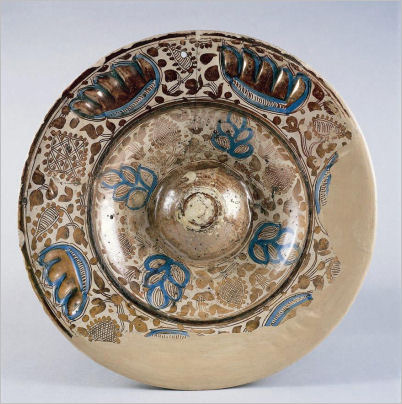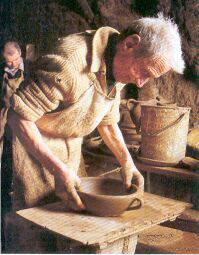March 29 – May 11, 2008
Brescia – Italy
 Sartori’s works are “earthenware ideas”. They have mysterious origins and appear to be completely uninfluenced by his heritage, the artistic traditions of his land, his experiences.
Sartori’s works are “earthenware ideas”. They have mysterious origins and appear to be completely uninfluenced by his heritage, the artistic traditions of his land, his experiences.
Looking at his ceramic sculptures, the first impression one gets is that they belong to the earth they are made of , so strict is the relationship between the artifact and the material. Just as if time had stopped and the material had become solid.
His organic and abstract shapes, along with his figures are the key characters of Sartori’s creative themes, such as “Meteors” and “Geologic Echos”.


 We started this blog driven by our passion for
We started this blog driven by our passion for 





